What you’ll learn:
- GLP-1 receptor agonist medications can be very effective weight loss tools.
- They mimic hormones your body makes to help you feel fuller longer, satisfied sooner, and curb cravings.
- GLP-1 medications have potential side effects you’ll need to discuss with your doctor before beginning treatment.
Raise your hand if you’ve ever felt like your body is betraying when you try to lose weight. You stick to healthy foods and boost your exercise, but those late-night cravings seem to come out of nowhere. It’s frustrating, isn’t it?
What if there was a way to work with your body, using its own hormones to make weight loss easier? That’s the promise of GLP-1 receptor agonists, like Ozempic, a class of medications that’s changing the game for many people.
GLP-1 medications work by tapping into your body’s natural signals, helping you feel fuller for longer and reducing unwanted cravings. These medications also come with potential side effects that can range in severity, though most are manageable. We’ll cover these side effects so you can make an informed decision with your doctor about whether these are right for you.
If you are considering a GLP-1 receptor agonist for weight loss, Noom Med can also help. If you qualify, we’ll connect you with a qualified clinician who will assess your health needs and goals and find the right medication for you. They will also help coordinate benefits. Combining a GLP-1 with Noom’s program will maximize your weight loss while minimizing side effects. Let’s get started!
How GLP-1 receptor agonists work for weight loss
GLP-1 receptor agonists mimic a hormone your body naturally produces in response to food called GLP-1. GLP-1 helps regulate blood sugar levels and appetite. Initially developed to treat type 2 diabetes, GLP-1 receptor agonists have gained worldwide attention for their ability to promote weight loss.
These medications work in a couple of ways to aid weight loss:
- First, they slow down how quickly the stomach empties, making you feel full for a longer time after eating. This helps reduce the total amount of calories you consume.
- Second, GLP-1 agonists influence the brain’s reward centers, which can lower hunger and cravings and increase the feeling of satisfaction from eating.
These combined effects contribute to their effectiveness in reducing weight. While their actions may seem miraculous, they work best next to sustainable lifestyle changes. Noom can help you learn how to eat better, track your daily movement, and support you as you work toward your goals.
What are the most common GLP-1 medications?
There are a handful of GLP-1 medications used in the U.S. today to treat diabetes and for weight management. The ones that you may have heard of have the active ingredient semaglutide (Wegovy, Ozempic, and Rybelsus) or tirzepatide (Zepbound and Mounjaro).
A few other GLP-1 medications are still prescribed in the U.S., including liraglutide, exenatide, and dulaglutide. These are all used primarily to treat type 2 diabetes, except for the brand Saxenda (liraglutide) which is also approved for weight loss.
Here’s a closer look at the options available and what they cost without insurance:
| Medication | Brand names and uses | Administration | Effectiveness | Cost per month (without insurance) |
|---|---|---|---|---|
| Semaglutide – GLP-1 receptor agonist that helps regulate appetite and calorie intake | Wegovy (weight loss) Ozempic (diabetes management, off-label for weight loss) Rybelsus (diabetes management, off-label for weight loss) | Weekly injection or daily pill (Rybelsus) | In one study, people lost about 6% of their body weight in 3 months and 11% in 6 months while using semaglutide medications. | $930- $1,350 |
| Tirzepatide – GLP-1 and GIP receptor agonist that helps regulate appetite and calorie intake. The action on both receptors boosts effectiveness. | Zepbound (weight loss)Mounjaro (diabetes management, off-label for weight loss) | Weekly injection | In a study, people lost up to 21% of their body weight with the maximum dose. | $1,000- $1,050 |
| Liraglutide– GLP-1 receptor agonist that helps regulate appetite and calorie intake | Saxenda (weight loss) Victoza (diabetes management, off-label for weight loss) | Daily injection | A study showed that weight loss over a year was 6% with a 3 mg dose. | $800- $1,400 |
| Exenatide- GLP-1 receptor agonist that regulates blood sugar | Byetta (diabetes management, off-label for weight loss) Bydureon (diabetes management, off-label for weight loss) | Twice daily injection | A study showed that 56% of people lost 5% or more of their body weight with exenatide over six months. | $190-$220 |
| Dulaglutide- GLP-1 receptor agonist that regulates blood sugar | Trulicity (diabetes management, off-label for weight loss) | Weekly injection | Study participants were able to lose about 10 pounds while taking a 4.5 mg dose of dulaglutide for 36 weeks. | $230-$1,000 |
Rx weight loss, the right way, with Noom
Get access to prescription weight loss medication with Noom.What are the common side effects of GLP-1 receptor agonists?
As with any medication, GLP-1 receptor agonists can cause side effects as your body adjusts to the treatment. Here are some of the most common side effects associated with GLP-1 receptor agonists. Be sure to carefully discuss all of the possible side effects of your specific prescription with your doctor.
- Nausea: This is the most frequently reported side effect, affecting up to 50% of people.
- Vomiting: Some people may experience vomiting, especially when first starting the medication.
- Diarrhea: Loose or frequent stools can occur as your digestive system adapts to the medication.
- Constipation: GLP-1 receptor agonists may slow down digestion, leading to constipation.
- Headache: Some people report mild to moderate headaches when beginning treatment.
- Injection site reactions: Redness, itching, or swelling may occur at the site of injection.
- Fatigue: Fatigue is a common side effect due to dehydration, low blood sugar, or excess insulin secretion.
To minimize these side effects, your doctor will typically start with a low dose and increase it as needed. Eating smaller, more frequent meals and staying well-hydrated can help alleviate digestive discomfort. Here are some other tips on what to avoid eating when taking a GLP-1.
Whether you use Noom Med or the GLP-1 Companion, we’ll work with you to identify and manage any side effects. If they continue or worsen, you’ll need to talk to your doctor.
What are the potential serious or long-term side effects of GLP-1 receptor agonists?
GLP-1 medications can have some side effects, but clinical studies have shown that they are safe and well-tolerated for most people. However, it’s important to keep in mind that there can be some serious side effects that you’ll need to be aware of before starting them.
- Pancreatitis: One concern is the increased risk of pancreatitis, with studies suggesting that GLP-1 receptor agonists like semaglutide or liraglutide are associated with a nine times higher risk compared to older weight-loss medications like bupropion. Although rare, this inflammation of the pancreas can cause severe abdominal pain, nausea, and vomiting, requiring immediate medical attention.
- Kidney injury: Another potential long-term side effect of GLP-1 receptor agonists is acute kidney injury due to changes caused by gastrointestinal symptoms such as nausea, vomiting, and diarrhea. While these side effects often subside over time, they can lead to dehydration and reduced blood flow to the kidneys, potentially causing damage.
- Gallbladder problems: GLP-1 medications may cause gallbladder problems because they can inhibit gallbladder motility and delay gallbladder emptying. Watch for symptoms like pain in the upper abdomen, fever, yellowing of the skin or eyes (jaundice), or clay-colored stools.
- Hypoglycemia (low blood sugar): The risk of low blood sugar is higher if you are taking a GLP-1 medication with another blood-sugar-lowering medication. Symptoms of low blood sugar may include dizziness or light-headedness, blurred vision, anxiety, fast heartbeat, or feeling jittery.
- Allergic reactions: As with any medication, there is always a risk that serious allergic reactions may occur. Seek medical attention immediately if you have any symptoms of a serious allergic reaction.
- Suicidal behavior and ideation: With the medication Wegovy, there is a risk of depression or thoughts of suicide. Pay attention to any sudden changes in mood or behaviors.
- Vision changes: Blurry vision could happen because of changes in blood sugar, but it can also be a sign of other serious eye problems. Tell your doctor about any changes in your vision while taking a GLP-1 medication.
- Increased heart rate: Wegovy can also cause increased heart rate. Consult with your doctor if you feel like your heart is racing or pounding in your chest.
- Cancer: Some GLP-1s warn about the risks of developing thyroid tumors, including cancer. Tell your doctor if you experience a lump or swelling in your neck, hoarseness, trouble swallowing, or shortness of breath.
Frequently asked questions about GLP-1 receptor agonists
Starting a new medication for weight loss can be exciting, but it’s natural to have questions about how it works and what to expect. We’ve put together answers to some of the most common questions about GLP-1 medications.
Are there any health issues that might make GLP-1s unsuitable for me?
Some pre-existing health conditions may make taking a GLP-1 medication riskier. These conditions include but are not limited to type 1 diabetes, thyroid cancer, allergies, stomach or gut problems, pregnancy or breastfeeding, trying to conceive, pancreas problems, kidney or liver problems, eye problems (diabetic retinopathy), mental health issues, or gallbladder problems. If any of these conditions apply to you, you should discuss them further with your doctor to see if taking a GLP-1 medication will be right for you.
Are there any interactions between GLP-1 receptor agonists and other medications?
GLP-1 receptor agonists may interact with certain medications, such as insulin or sulfonylureas, potentially increasing the risk of low blood sugar (hypoglycemia). Discuss all the medications you are taking with your doctor before starting a GLP-1 receptor agonist.
At Noom Med, we carefully review each patient’s medical history and current medications to lessen the risk of interactions and ensure safe treatment.
Are GLP-1 medications prescribed for weight loss ever covered by insurance?
Sometimes. Certain medications, such as Wegovy, Zepbound, and Saxenda, are FDA-approved for weight loss and are more likely to be covered by insurance. If you’re unsure about how to approach your insurance company, the team at Noom Med is well-equipped to guide you through the process.
How can I reduce the cost of a GLP-1 medication if my insurance won’t approve it?
If your insurance does not cover your GLP-1 medication, there are other ways to reduce your monthly costs. Manufacturers Novo Nordisk and Eli Lilly offer savings coupons and programs that can lessen the costs of their respective medications. Some third-party prescription companies may also offer coupons for these medications. Also, think about checking if your pharmacy offers a discount for your GLP-1 medication. Some pharmacies, like CVS, even have a discount search online.
I heard of a side effect called “Ozempic Face.” What is that?
“Ozempic Face” refers to the facial sagging or gaunt appearance that some users have reported experiencing. The truth is this can result anytime a person experiences rapid weight loss, says Dr. Linda Anegawa. “These facial changes can occur as the result of any weight loss method—including diets, different types of medications, or bariatric surgery.”
For more information on Ozempic Face, read the article “What is Ozempic face and how can I avoid it?”
I heard that muscle loss is also a side effect. Is that true?
True, but again this is because of weight loss, not the medication. Any rapid weight loss will take some muscle with it along with fat. In order to limit this, you’ll need to pair the medication with diet and exercise changes that will help you maintain muscle mass. This means increasing protein and strength training.
Noom Med and the GLP-1 Companion can help by providing targeted exercises that are focused on preventing muscle loss. They also offer protein tracking to ensure you are getting the nutrients you need to maintain muscle mass.
Managing weight with GLP-1 receptor agonists and Noom
At Noom, we get it. Weight loss isn’t just about willpower; it’s about understanding how your body works and then working with it to achieve a healthier future.
GLP-1 receptor agonists could hold the potential to open a new chapter in your weight loss story—one where your body works with you, not against you. By understanding how these medications leverage your natural hormones, you can confidently decide if they align with your individual goals and needs.
While GLP-1 receptor agonists can be a valuable tool, they are not a magic solution. Effective weight loss requires a comprehensive approach that addresses both the biological and psychological aspects of health and wellness.
If you qualify for Noom Med, we will pair you with a clinician who will find the right one for you and then provide you with the support and knowledge you need to tackle biological roadblocks head-on. We’re talking about real, lasting change that starts from the inside out. Visit today to learn more about how we can support you on your path to a healthier, happier life. We’re here for you every step of the way.
Note: Ozempic, Mounjaro, Victoza, Byetta, Bydureon, and Trulicity are not FDA-approved to treat obesity or for weight loss.
Why you can trust us
At Noom, we’re committed to providing health information that’s grounded in reliable science and expert review. Our content is created with the support of qualified professionals and based on well-established research from trusted medical and scientific organizations. Learn more about the experts behind our content on our Health Expert Team page.


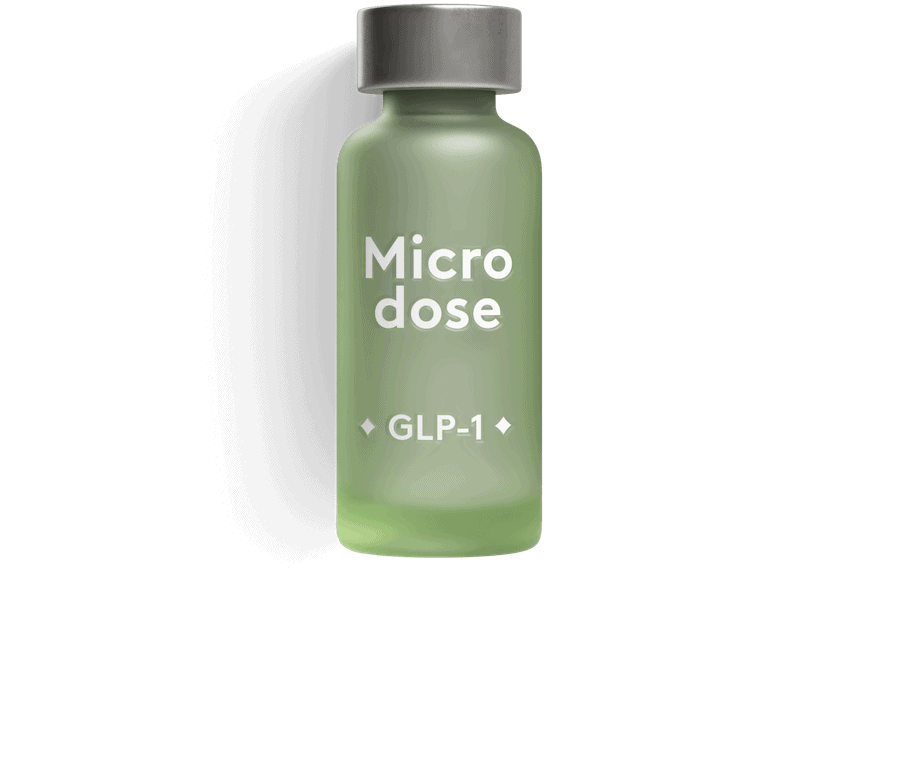
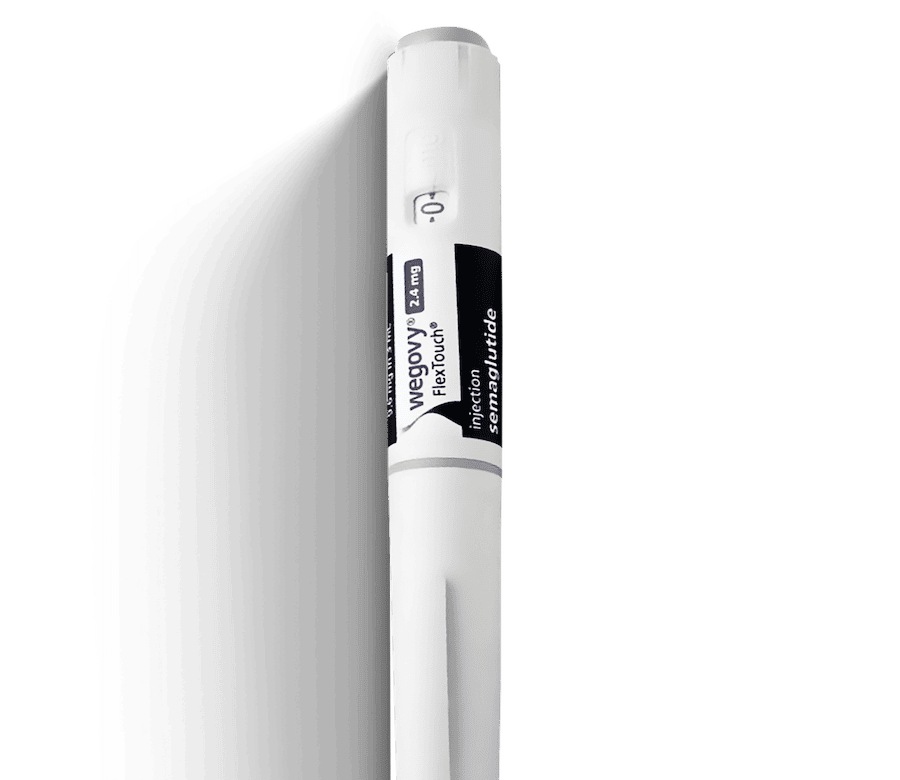
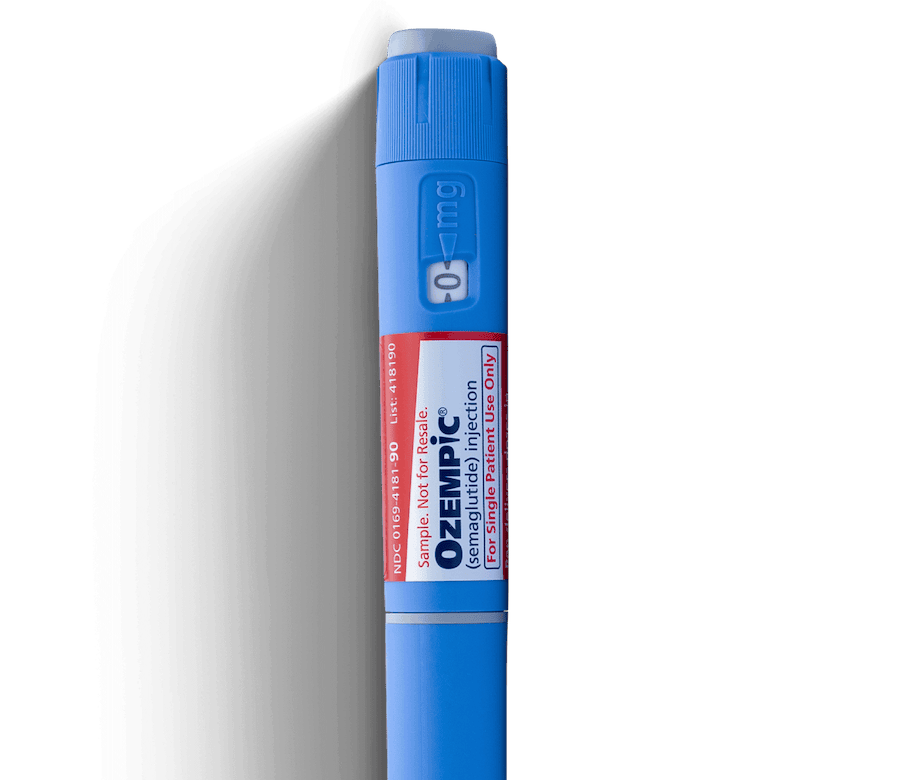
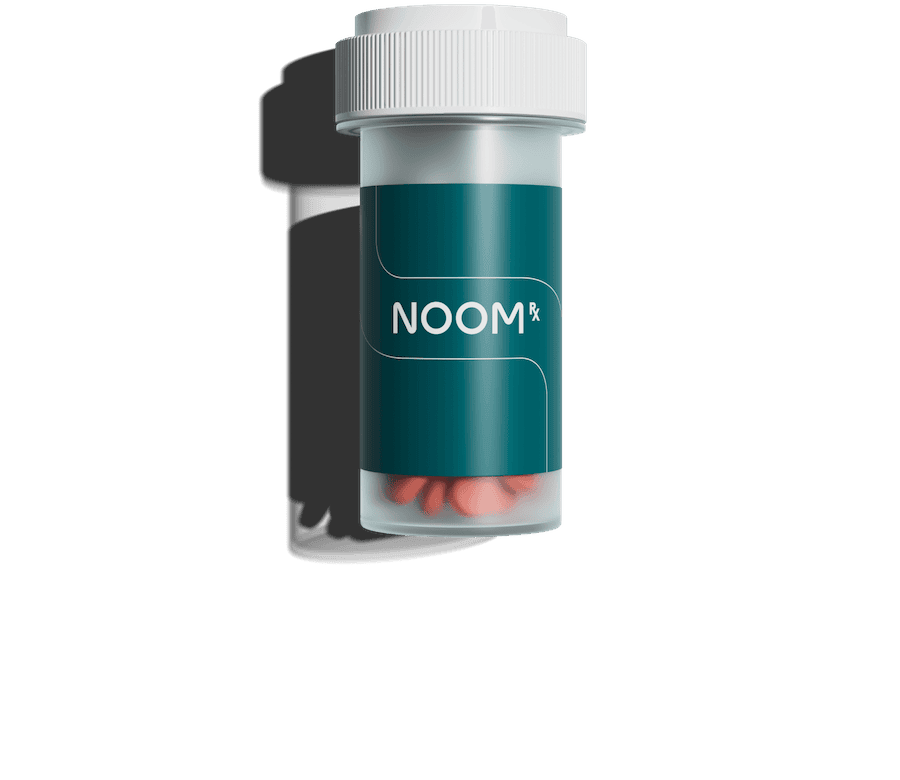

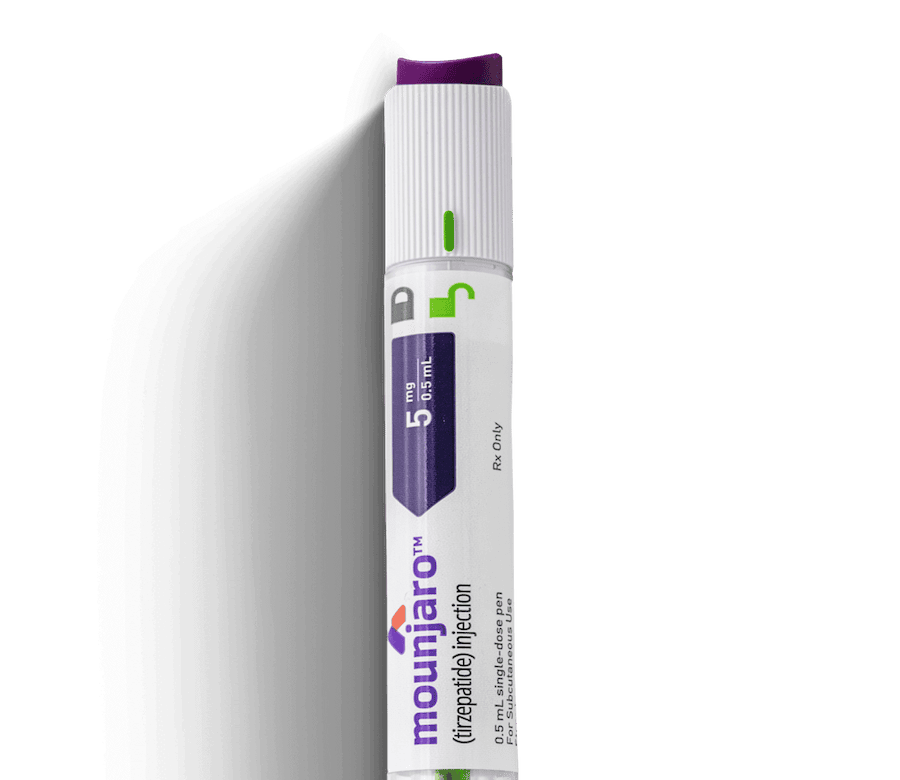
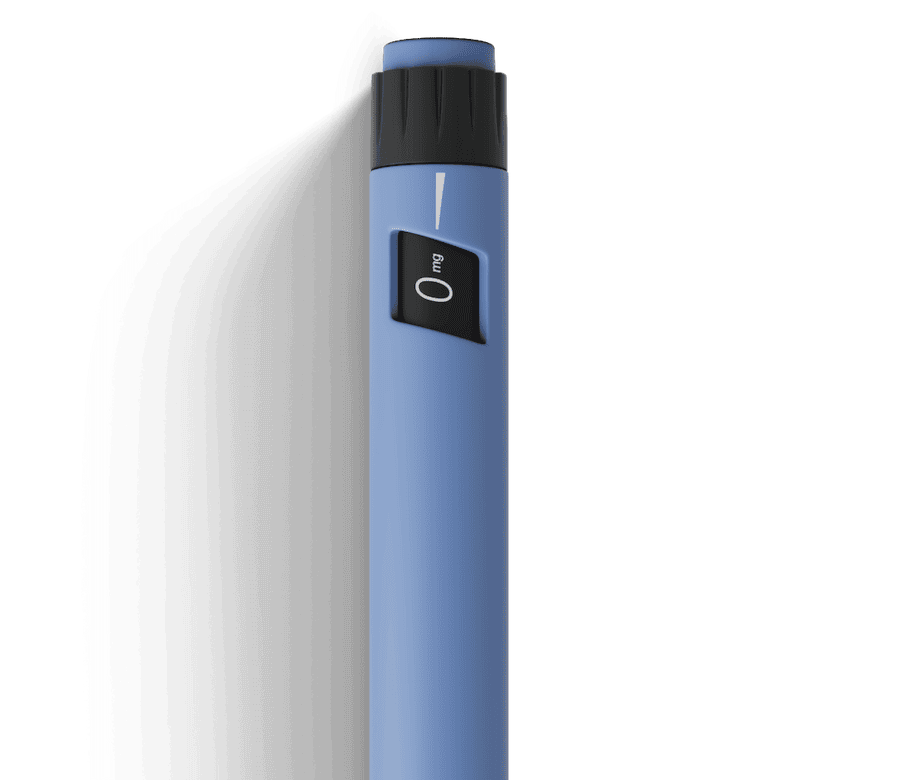
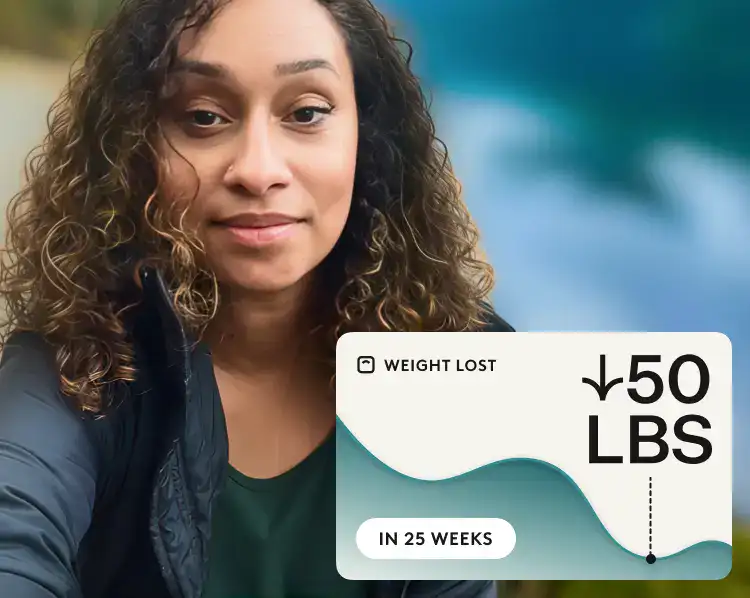








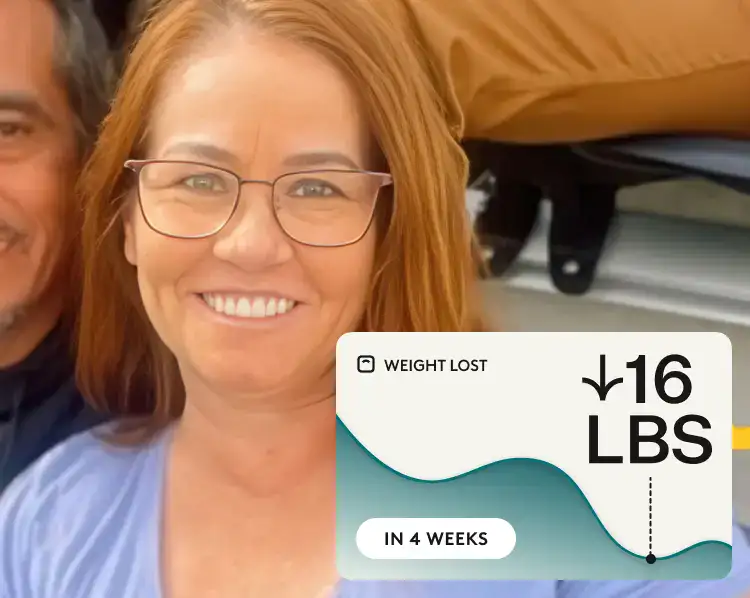


 Meaghan Cameron
Meaghan Cameron
 Noom Team
Noom Team
 Melissa Kay
Melissa Kay


